

Bottle Mouth Cracking During Filling Process
During the filling process of glass bottle, bottle mouth breakage is a troublesome problem. Not only does it lead to product loss, it may also affect product quality and safety. The purpose of this article is to delve into the causes of glass bottle openings cracking during the filling process and analyze possible solutions. Through research on relevant factors and case analysis, we will try to uncover the mystery behind this phenomenon and provide valuable insights to the industry.
The reasons that cause the mouth of the glass bottle to break during the filling process may be:
1. Internal pressure:
For filling gas-containing liquids such as carbonated drinks or beer, during the filling and transportation process of glass bottles, the increase in internal pressure will cause pressure on the glass bottles. In addition, some contents that are hot-filled or require high-temperature sterilization will also cause an increase in internal pressure due to thermal expansion during the heating process. When the internal pressure becomes too great for the glass bottle to withstand, the bottle will burst.
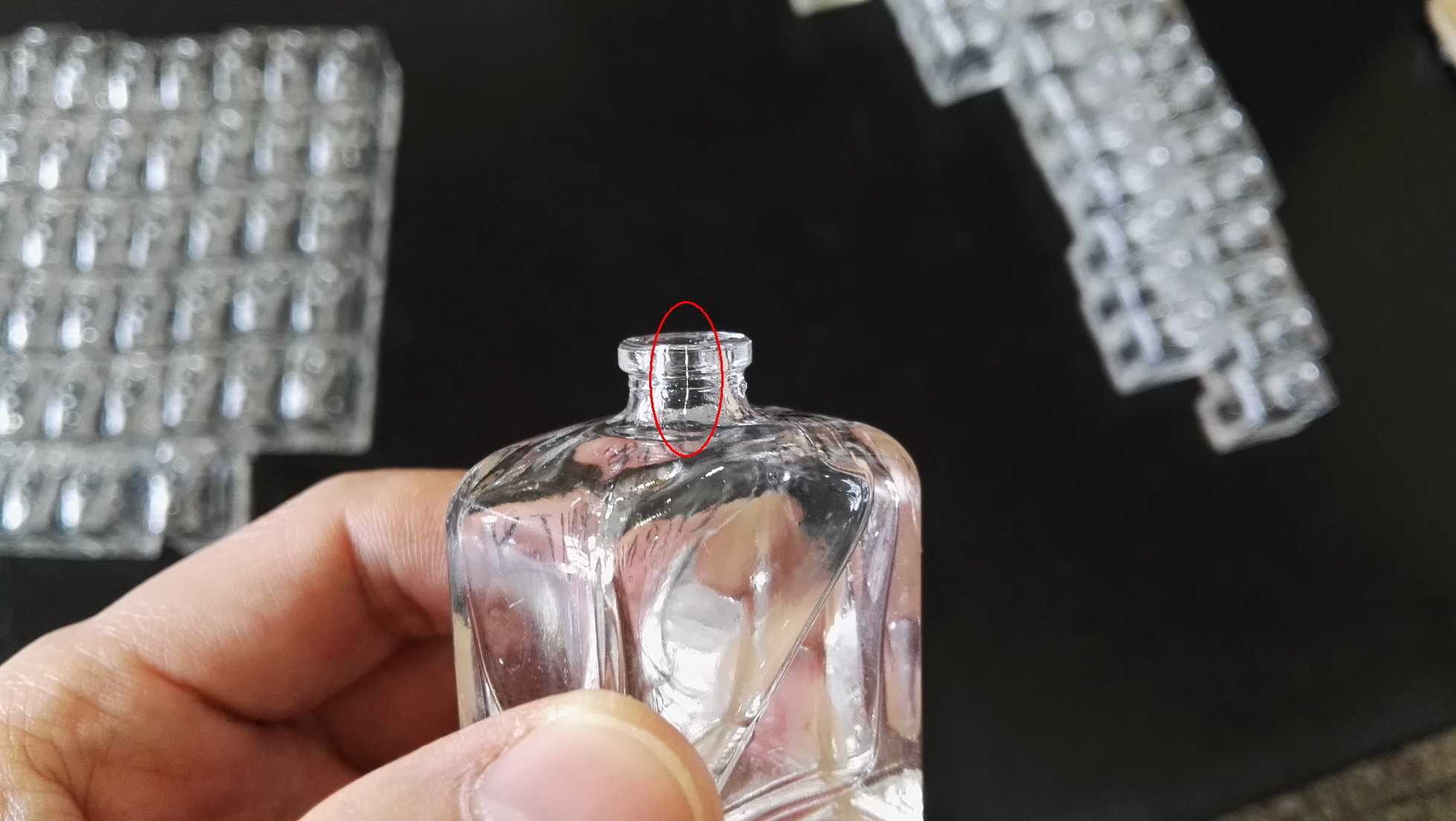
2. External pressure:
When the glass bottle neck material is insufficient and the gasket is thin, the pump head hits the shoulder of the glass. When the machine tightens the pump head after filling, it will cause a pulling force on the bottle neck and cause it to break.
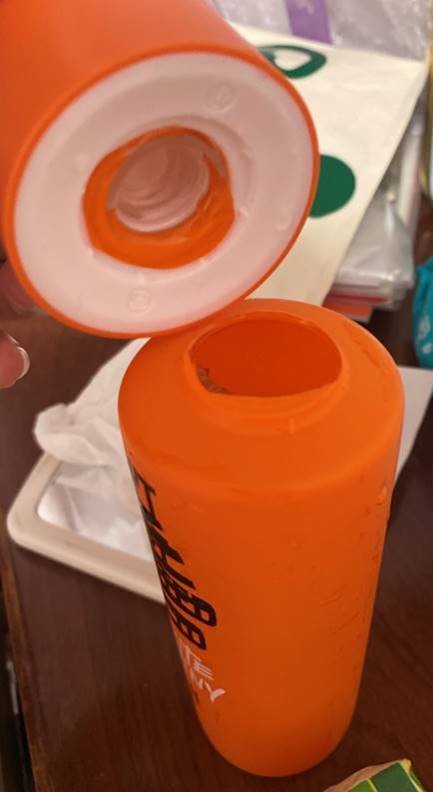
3. Thermal sudden changes:
During the cooling process during high-temperature sterilization, glass bottles experience sudden changes in high and low temperatures. Due to the unevenness of the glass bottles, differences in thermal expansion and contraction can easily lead to bottle breakage.
4. Internal stress:
The stresses existing in glass bottles include thermal stress and structural stress. Thermal stress can be eliminated by secondary annealing during the production process of glass bottles. Structural stress cannot be eliminated during the annealing process and will remain in the glass product forever. If the structural stress exceeds the mechanical strength that the glass product itself can withstand, the product will break.
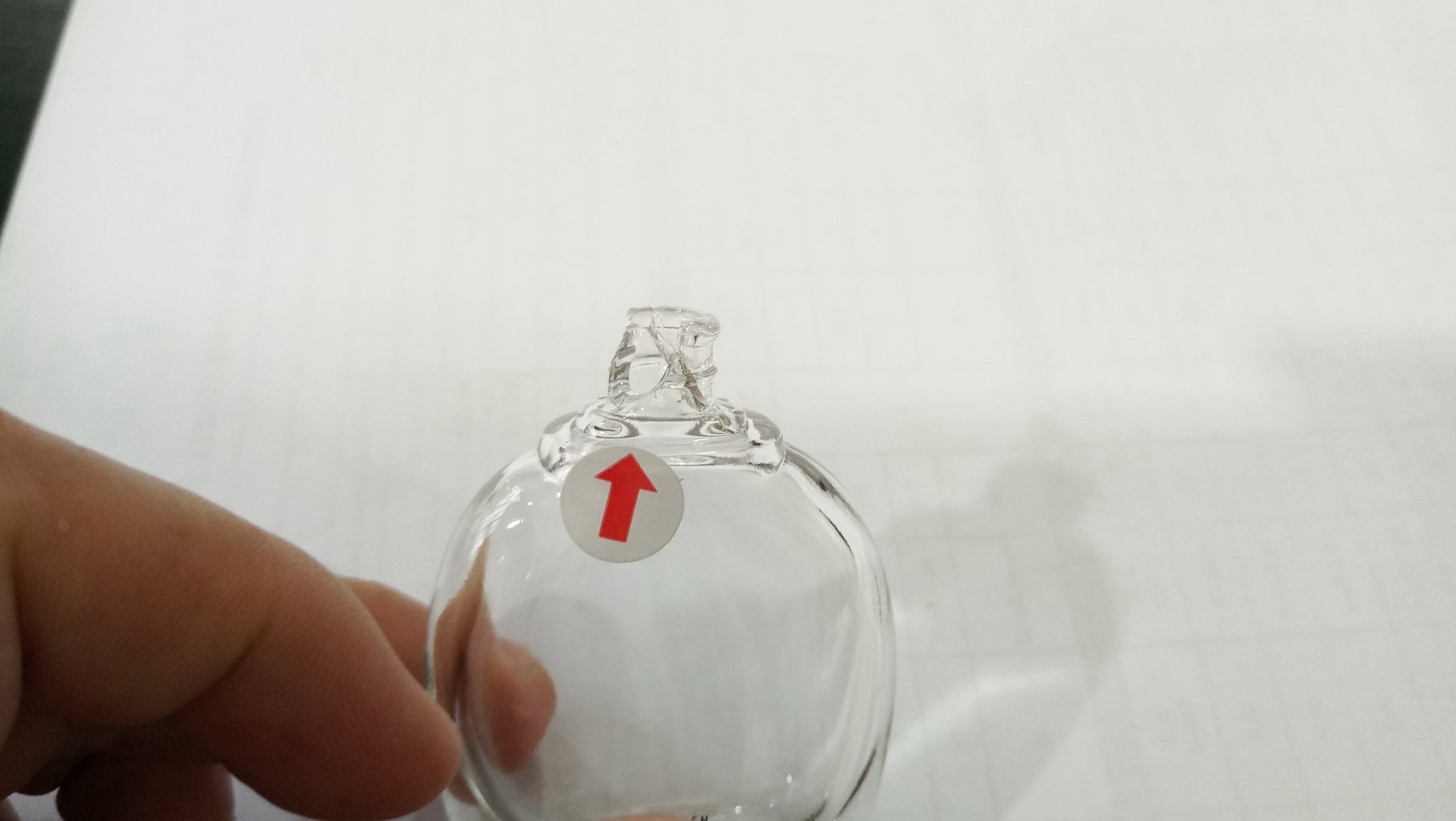
5. Vertical axis deviation:
The perpendicularity between the ground of the glass bottle and the center line of the bottle mouth is called vertical axis deviation. If the verticality of the glass bottle is not enough, it will easily cause position deviation during the filling and capping process, and the glass bottle can easily be crushed.
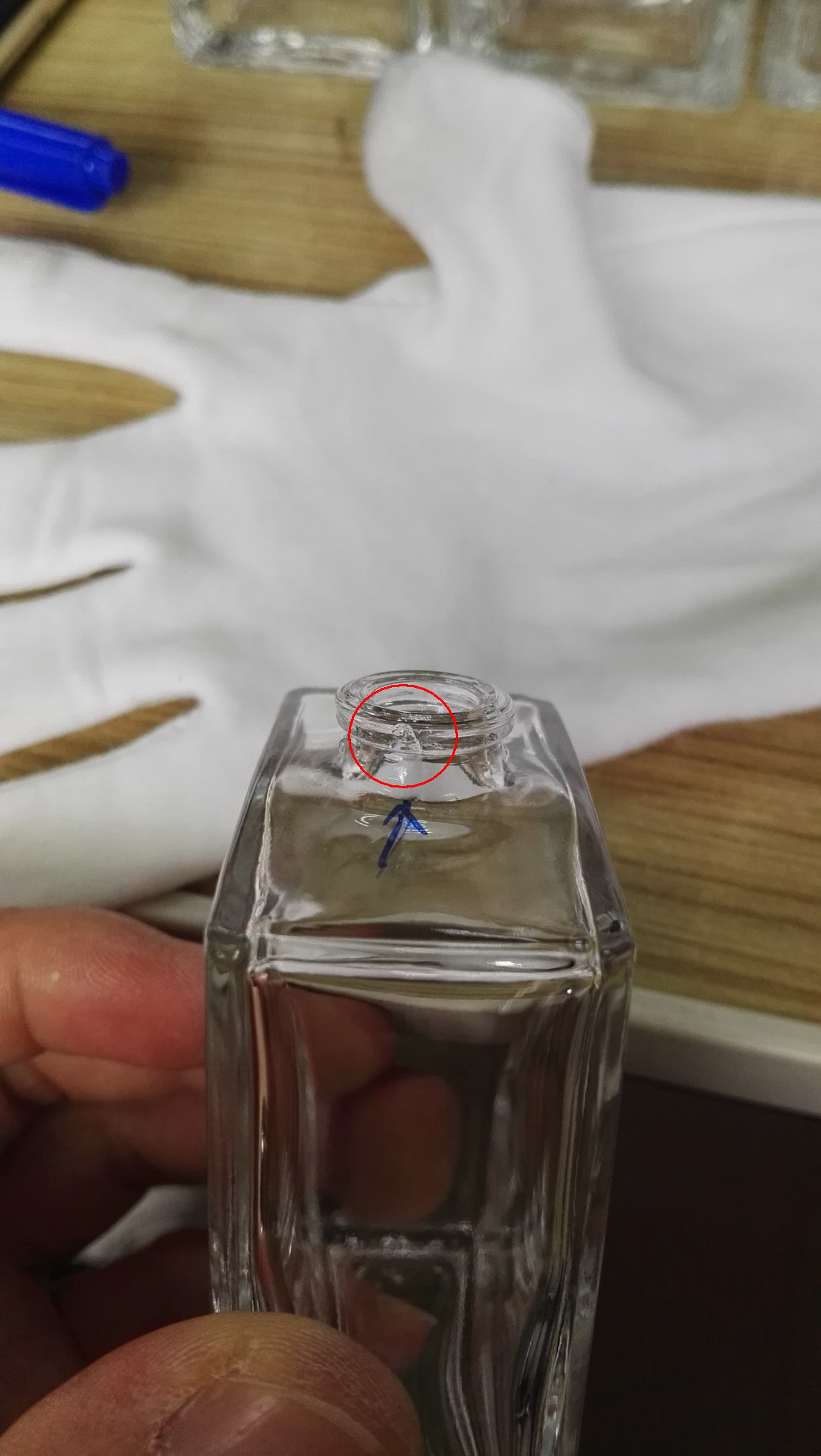
6. Wall thickness:
The uniformity of the wall thickness and bottom thickness of the glass bottle determines the degree of anisotropy, and is also one of the main factors responsible for the resistance to internal pressure and sudden changes in cold and heat.
7. Impact resistance:
Glass bottles are subject to collisions between bottles during the filling and transportation processes. This mechanical impact tests the strength of the glass bottles.
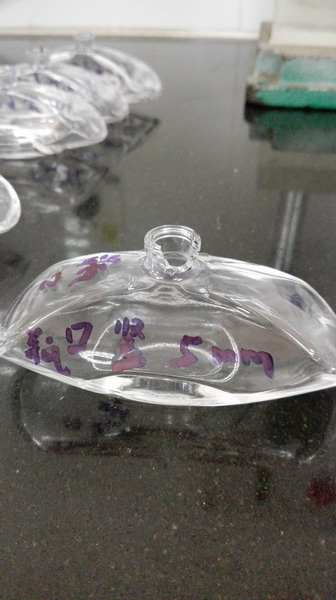
8. Recycled bottles:
The amount of recycled glass bottles is increasing every year. The performance of recycled glass bottles is actually much lower than that of new bottles. Of course, the probability of broken bottles is much higher when using recycled bottles.
To reduce the risk of glass bottle bottle openings breaking during the filling process, you can consider the following solutions :
1. Optimize bottle design:
Ensure that the mouth and body of the glass bottle are strong enough to withstand the pressure during the filling process. The structural stability of the glass bottle can be enhanced by improving its shape and thickness design.
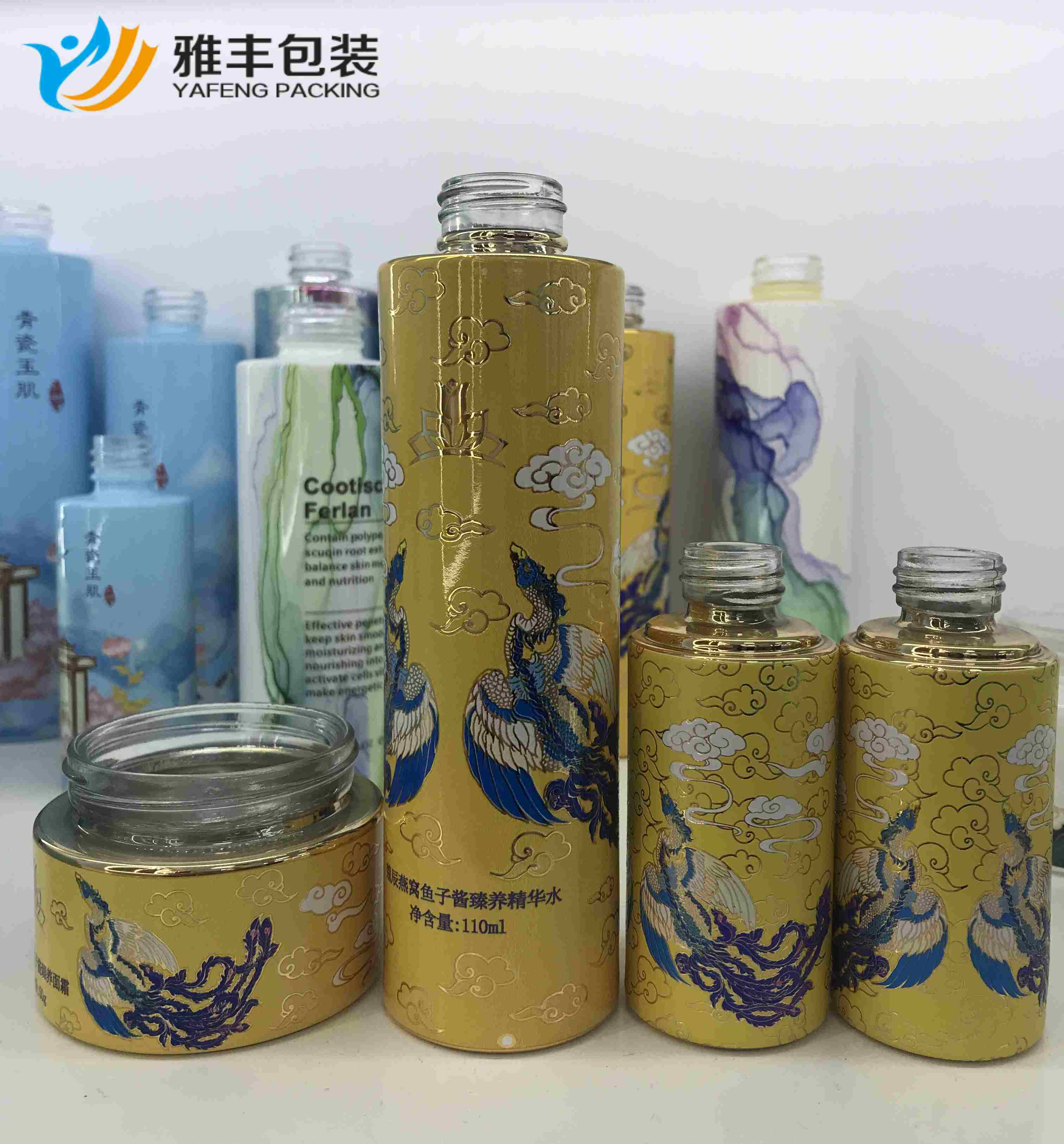
2. Control filling temperature:
Too high or too low temperature may affect glass bottles. Before filling, the temperature of the emulsion should be appropriately adjusted to match the thermal expansion coefficient of the glass bottle to reduce cracking caused by temperature stress.
3. Improve the filling process:
Use a gentle filling method to avoid filling the lotion too quickly or too vigorously. Control the filling speed and pressure to ensure that the lotion flows into the bottle evenly and reduce the impact on the bottle mouth.
4. Choose the right bottle cap:
The quality and fit of the bottle cap will also affect the stability of the bottle mouth. Make sure the cap and mouth size match, have a good seal, and distribute pressure evenly.
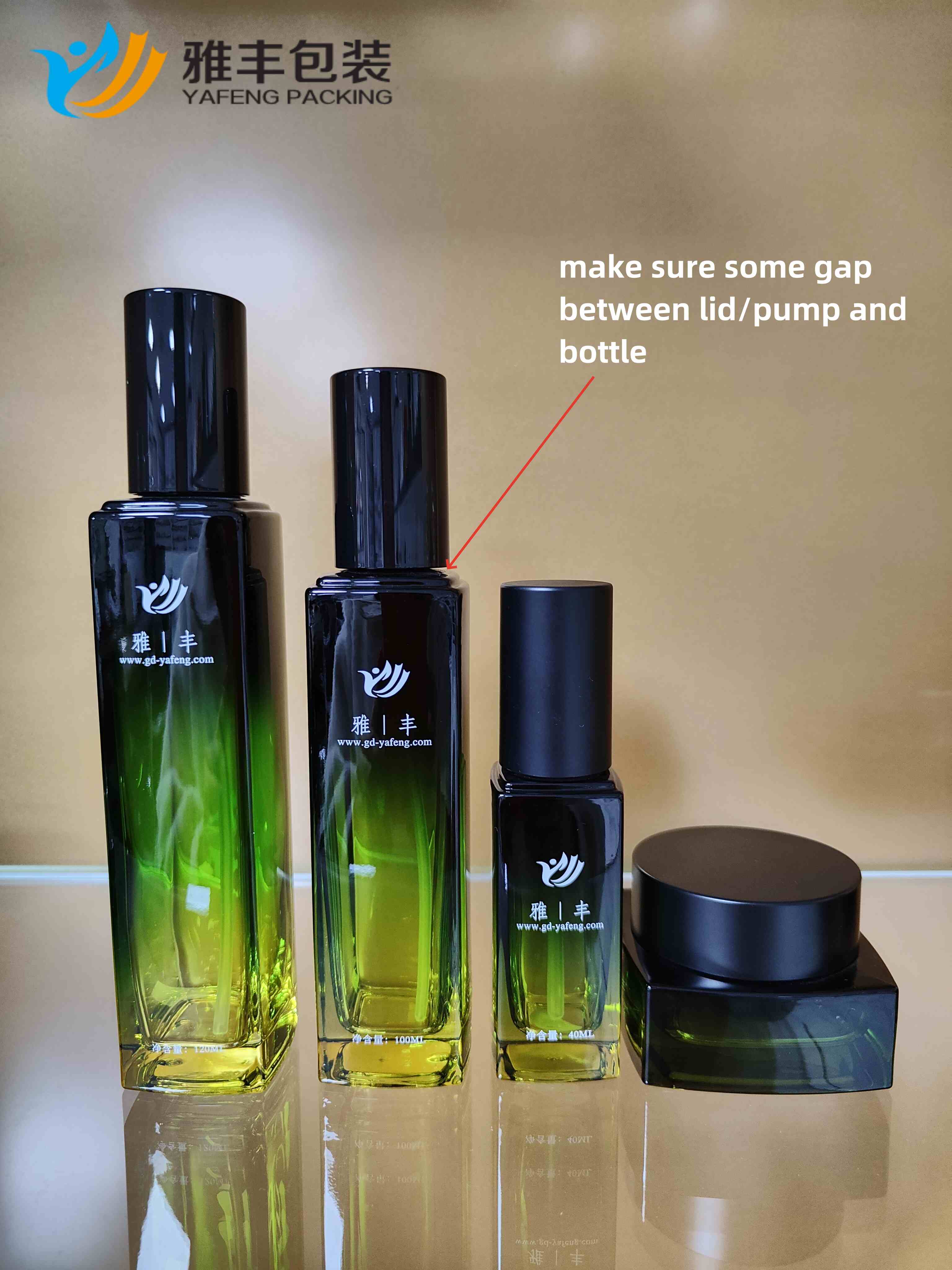
5. Quality inspection:
Before filling, glass bottles are subject to strict quality inspection to screen out defective or damaged bottles and avoid using unqualified glass bottles.
6. Training operators:
Train filling operators to improve their skills and awareness, ensure correct operating procedures and filling techniques, and reduce damage to bottle mouths caused by human factors.
7. and transportation protection:
During the transportation and storage process after filling, take appropriate packaging measures to protect the glass bottles from external impact and vibration.
These solutions can be comprehensively applied based on actual conditions to reduce the incidence of bottle breakage and improve product quality and production efficiency . Of course, the specific implementation still needs to be adjusted and optimized according to the actual production environment and conditions.





